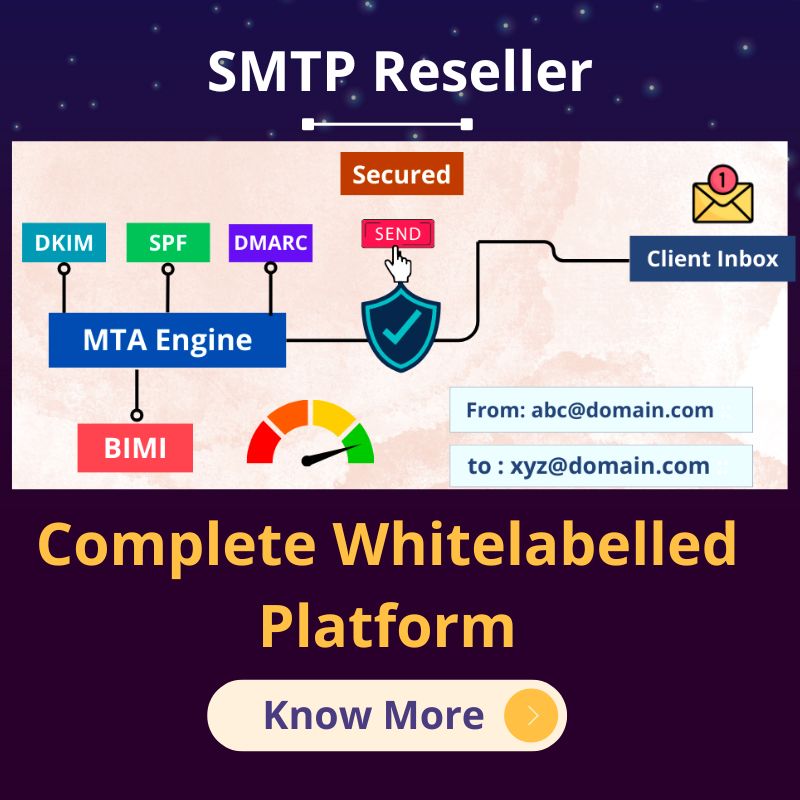Before we begin to create an email marketing strategy, We need to outline what email marketing means for an organization. The usage of email to supply permission-based communications to build relationships, grow sales and improve patron retention whether you are already using a form of email marketing and need to convince control to improve your approach or you are completely new to the subject and want to reveal the importance of email, you need to think about these essential steps.
Define Email
Email is by far the most popular way to stay in contact with present customers. By presenting precious information and updates primarily based
on their interests, email can help build a relationship among the corporation and the client. However, there’s a much extra meaningful definition of email marketing: what it means to you and your business. Defining the reason for email marketing for your company is critical and will be the driving force for all different email activities
Define the purpose for Email marketing
Other important questions to answer include why email marketing? what will email marketing contribute in your present marketing efforts? How will your marketing efforts tie collectively? what is your contemporary lead era process? And how will email marketing contribute to lead generation? A non-profit Institute created a newsletter for every essential audience: members, Non-members, and Community leaders. The Member newsletter validates membership via particular content material, the non-member publication drives extra visitors to the various parks, and the leader newsletter communicates activities as a result of donations.
Lead generation and sales Cycle analysis
At the very maximum level, you may probably be communicating with businesses of humans: customers and non-customers. So as a part of your lead generation process, the e-mail newsletter can help solidify your relationship with the non-consumer or prospect.
Set your List
Successful email marketing begins with a quality listing. After all, email marketing tells us that we need to know our target audience. Do you already know your list? Take some time to note what statistics you have now and make a plan for how to capture additional information over time. The extra you understand about your readers, the less complicated it’ll be to provide precious content within your communications.
Collecting Data at the Right Time
After you have determined what type of information you’ve got and what you need, the following step is to decide at what point you collect that data. Do you ask for it all up front? depending on your target audience, you may need to restrict the number of records requested initially so that you don’t place customers off.
Plan for a Growing Email List
An important element of any email marketing strategy includes plans for continuing to grow the list. For Example:
- Include “forward to a friend” in all outbound emails
- Add sign up form for the newsletter on the website in the prominent area
- Drive all prospects to website from all advertising
- Collect emails at checkout in retail stores
- Collect email addresses at trade shows and other events
- Include a link to the newsletter sign up form in email signature
Organize Email marketing Strategy internally
You already know your target audience now, so the next phase of building your email marketing strategy involves getting organized internally. How many people will use email marketing in your organization? Is it just for corporate communications or will the PR folks use it? After you have outlined how email marketing can fit into your very own process and have recognized your target market, you will begin to see many possibilities of how to organize the records to attain your original goals.
Plan your Content
Considered one of the biggest reasons newsletters die is that people can’t give you content at the deadline. Now that you understand who you are communicating with and the form of communication you want to supply, you need to plan the actual content material for each object. So to do that, you need to create an editorial calendar. This may assist you to put together for the future and ensure that each communication contains relevant content.
Define metrics for success
As with any critical marketing function, you need to define metrics for success. For each type of publication, you should outline what will represent success. Sharing these metrics will help communicate with all involved how email can truly impact the organization. For example:
Email Marketing Reports
- Open Rate
- Conversions by source
- Click-Through Rate
- Forward rate
Business Metrics
- Leads by source – track leads from email forwarding or referral
- Sales metrics before email marketing and trends after
- Website traffic before email marketing and after
- Website traffic the day an email goes out





